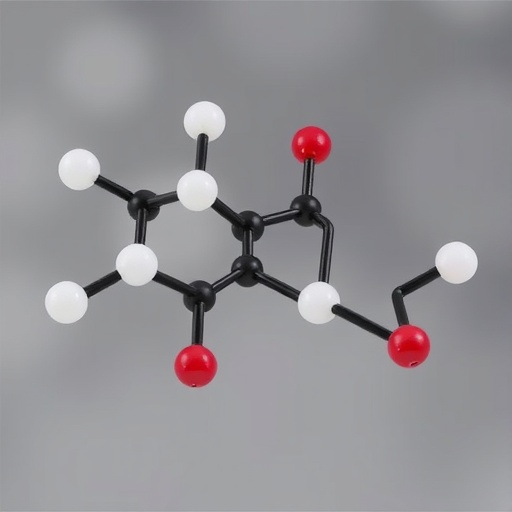CORVALLIS, Ore. – Reducing human pressure on exploited predators and prey at the same time is the best way to help their populations recover, a new study indicates.
The findings about synchronous recovery are important because historically about half the attempts at species restoration have amounted to a sequential, one-species-at-a-time tactic – usually the prey species first, then the predator.
This study suggests that a synchronous approach almost always produces a recovery that is more rapid and more direct – faster than predator-first recovery and less prone to volatile population fluctuations than prey-first recovery. Just as crucial, synchronous is also better for the humans who earn a living harvesting the two species.
Findings of the research were published today in Nature Ecology and Evolution.
"You might think the loss of income associated with reducing harvest on both species at the same time would be greater than reducing harvest on one species after another, but our work suggests that synchronous recovery is ultimately better for recovering the ecosystem, and better from an economic perspective as well," said Mark Novak of the Oregon State University College of Science.
Because of overharvest, declines of multiple animal populations – including at least one species that consumes other harvested species – characterize many ecosystems, Novak notes.
Examples of paired population collapses wholly or partially attributable to trophy hunting, industrial fisheries or the fur trade are lions and wildebeest; Steller sea lions and Pacific herring; and mink and muskrat.
Novak, assistant professor of integrative biology, notes that in both terrestrial and marine resources management, population restoration and the setting of harvest quotas has long been a single-species endeavor.
Even in the more holistic ecosystem-based rebuilding of food webs – the interconnected chains of who eats whom – the dominant strategy has been to release pressure at the bottom, letting prey populations return to the point where they ought to sustain the top predators more readily, Novak said.
Collaborators at the National Marine Fisheries Center, including Shannon Hennessey, now a graduate student at OSU, led the study, which points out the limitations of both of these philosophies. It also highlights the room for improvement in policy tools that synchronous recovery management could fill.
###
Media Contact
Mark Novak
[email protected]
541-737-3610
@oregonstatenews
http://www.orst.edu
############
Story Source: Materials provided by Scienmag




